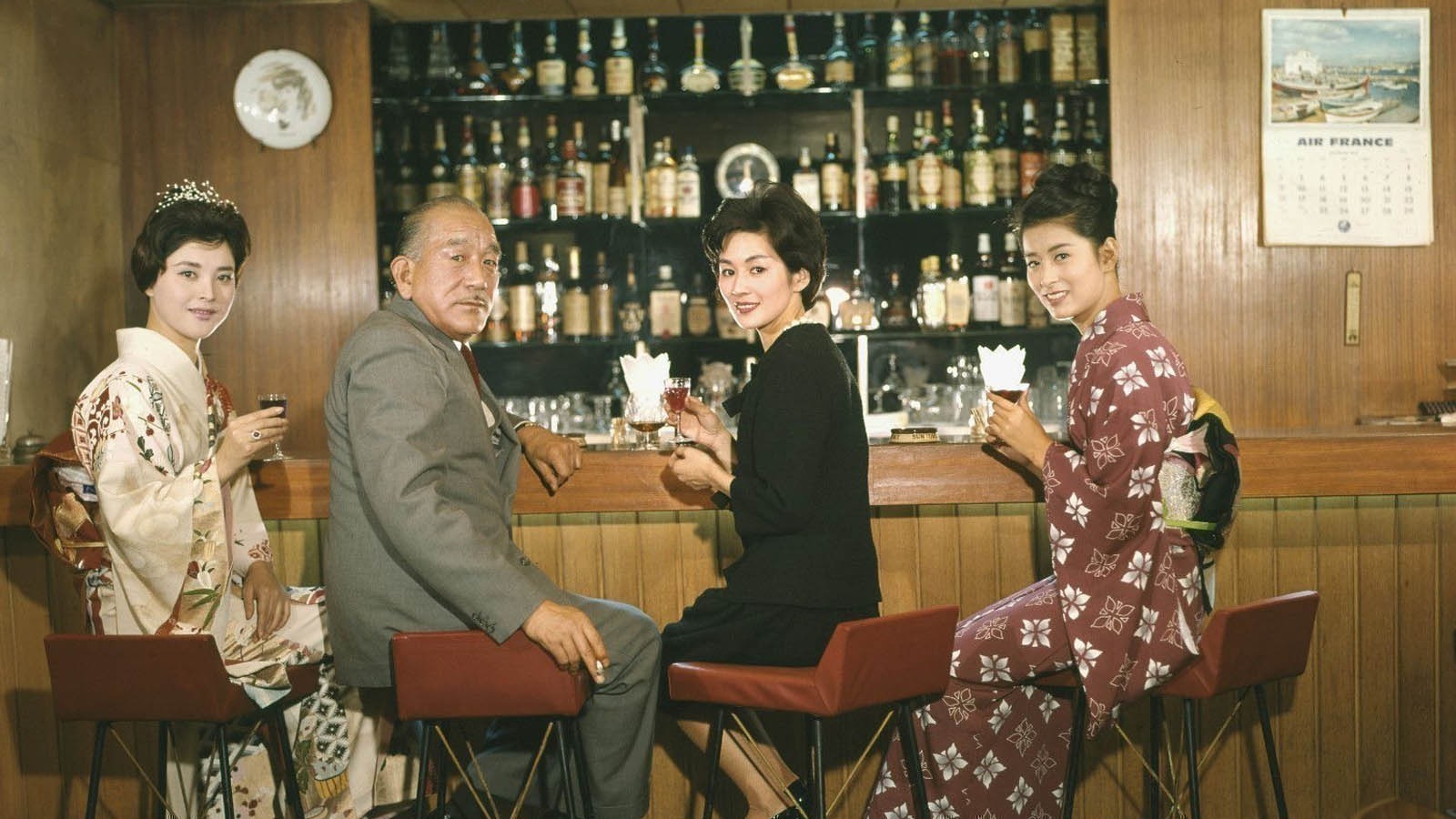The Mysteries of Intuition

One of the major events of the year begins today at the Harvard Film Archive and New York’s Film Forum. Marking Yasujiro Ozu’s hundred-and-twentieth birthday and the sixtieth anniversary of his death, Ozu 120 is a complete retrospective of the filmmaker’s extant work. Featuring five newly struck prints, the HFA series is an all–35 mm affair, and many of the films will be projected from 35 mm prints at Film Forum as well.
- Metrograph Journal spotlights two entirely different corners of Japanese cinema with Beatrice Loayza’s latest column on Takashi Miike’s Audition (1999) and Nicolas Rapold’s reflections on Masahiro Shinoda’s Pale Flower (1964). The Journal is also running Margaret Talbot’s very fine appreciation of Susannah York, who is known for her work in such disparate films as Tom Jones (1963), They Shoot Horses, Don’t They? (1969), and The Shout (1978). York aimed to transcend “her own beauty, which was straightforward, legible immediately and from all angles—not, in other words, of the unconventional variety. York felt like a rebel, and wanted to be seen as one, but her blonde, blue-eyed beauty got in the way. The sobriquet ‘English rose’ attached itself to her early on, like a thorn, and she grew weary of it. It sparked in her a terror of being seen as dull, and eventually a series of career choices that were anything but.”
- Parting Glances (1986) gave us Steve Buscemi in his first major film role as a man living with AIDS, and overall, the film is “a gem,” writes Paul Morton at Literary Hub. Writer and director Bill Sherwood “died in 1990, at the age of thirty-seven. You can only curse. What would he have given us had he lived?” Research leads Morton to drafts for a few screenplays, including Sounds Like This, which focuses on an indecisive conductor. “Sherwood had an extraordinary career ahead of him,” writes Morton, “but the greatest tragedy is that he didn’t get to take a risk and fall flat on his face. I can imagine several versions of Sounds Like This. I want to see the one that doesn’t quite work, the one that reveals just a little too much of Sherwood himself, the angry, arrogant, playful, glorious artist that he was.”
- In Rewind & Play, director Alain Gomis draws on unused footage from the French television special Jazz Portrait: Thelonious Monk, produced by Bernard Lion and Henri Renaud, to reveal a very different encounter than the one that was broadcast in 1969. In Boston Review, Robin D. G. Kelley, the author of Thelonious Monk: The Life and Times of an American Original, writes that Rewind & Play is “both a study of the dialectic of representation and power, racism and resistance, and a counternarrative to all of the romantic tales of the beloved, revered native genius and the colorblind, powerblind, egalitarian character of the jazz world. Gomis doesn’t just expose what Renaud and Lion buried but plumbs the same material to find and reconstruct Monk’s voice, to create a radically different ‘portrait’ of the man and the musician.” Above all, “Gomis finds Monk’s voice, his counternarrative, in the music.”
- In collaboration with the London-based arts organization a/political and the magazine Doesn’t Exist,Bruce LaBruce has been working on The Visitor, a pornographic remake of Pier Paolo Pasolini’s Teorema (1968), in which Terence Stamp plays a stranger who seduces every member of a wealthy Milanese family. “In Pasolini’s original, the visitor is never identified; he is a crisis figure-cum-sexual healer,” LaBruce tells Amelia Abraham in Document Journal. “It’s implied that he liberates each of the characters in this repressed, bourgeois family through sex. I always felt that was a perfect scenario for porn. Then, I thought: If we’re updating to a contemporary context, it would be relevant to cast the visitor as a refugee. It’s partly about the context of shooting in the UK: the pitch of racism there now, with refugees being sent to Rwanda and the U.S. The refugee is sexualized in a very problematic way.”
- Last month, cinema lost Kenneth Anger—most recently remembered by Lukas Brasiskis (e-flux), Greil Marcus,J. Hoberman (Artforum), and Tony Rayns (Sight and Sound)—and the literary world lost Martin Amis. The Amis that Hazlitt columnist Abhrajyoti Chakraborty misses most is “the one who’d sit through a bad film in a theater just so he could complain it was ‘bottomlessly horrible’; the unabashed dilettante who once wrote that he was thrilled by the onset of realistic fight sequences in films like Bonnie and Clyde and The Wild Bunch: ‘Violence had arrived. There was also, I noticed, a sudden flowering of sex and swearing. The future looked bright.’” Amis’s pieces on movies were “less anxious” than his literary criticism. “The aspiring auteur in me often disagreed with the innocence and instant catharsis of his opinions,” writes Chakraborty, “which is to say they were arguably more useful.”



